After a dental implant, you need to follow careful steps to heal well. Many patients want to know about using straw after dental implant because it feels easier to drink that way. But using a straw too soon can hurt the healing process. This article gives you clear information so you can avoid problems and heal without worry.
Table of Contents
ToggleCan You Use a Straw After Dental Implant Surgery?
No, you cannot use a straw right after dental implant surgery. Using straw after dental implant can cause problems with healing. The suction from drinking through a straw may remove the blood clot that protects the surgical area. If this happens, your gum and bone will take longer to heal. You should drink from a cup during the first days after your surgery.
When Can You Use a Straw After Dental Implant Surgery?
After dental implant surgery, your mouth needs time to heal. It is important to know when it’s safe to start using a straw again. The timeline below shows what usually happens during the healing process and when it may be safe to use a straw.
| Timeline | Straw Use Guidance Based on Healing |
| Day 1 – 3 | Do not use a straw. The blood clot is forming and needs to stay in place. The area is very sensitive. |
| Day 4 – 7 | Still avoid using a straw. Healing has started, but the site is fragile and can easily be disturbed. |
| Day 8 – 10 | Only use a straw if the best dentist in Phoenix says it is safe. Some healing has taken place, but the area may still be at risk. |
| Day 11 – 14 | Most people can start using a straw. The gums are stronger and the blood clot is stable. Sip gently if approved. |
| After Day 14 | Using straw after dental implant is usually safe for most patients. Full healing depends on the individual. |
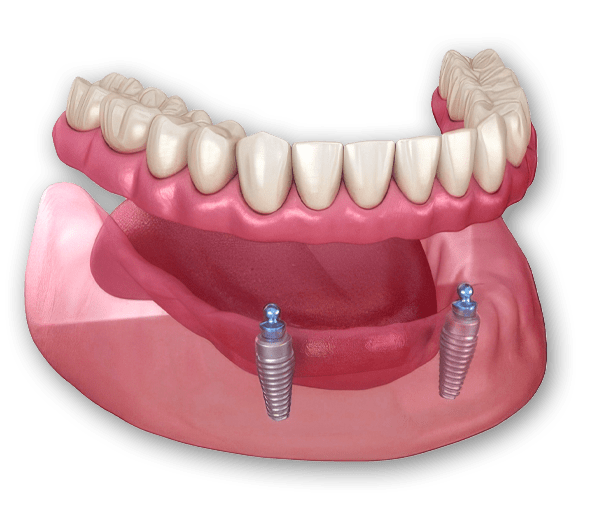
$12,900! $6,900!
- Complete Oral Evaluation
- Cone-Beam CT Scan
- 2 Implants per arch
- Implant Retained Overdenture

$17,900! $11,900!
- IV Sedation
- All extraction
- 4 Implants per arch
- Bone Graft
- Same Day Teeth
Get Your Complementary Dental Implant Exam
(Valued at $495)
Why Can’t I Use a Straw After Dental Implant Surgery?
Here are the possible complications from using straw after dental implant:
- The blood clot can come out too early
- The healing area can start bleeding again
- The bone under the gum can get exposed
- You may get dry socket, which causes strong, lasting pain
- The implant can move out of position
- The gums may swell or become sore
- Healing can take longer than normal
- There’s a higher risk of infection
- You may need extra dental visits to fix the problem
Tips to Stay Comfortable Without Using a Straw
Here are easy ways to stay comfortable without using straw after dental implant:
- Drink from a glass or cup instead of a straw.
- Sip slowly to avoid creating suction.
- Use a spoon for thick drinks like smoothies.
- Stay away from hot or fizzy drinks that you might want to sip with a straw.
- Choose soft foods that don’t need drinks through a straw.
- Always follow your dentist’s advice before using a straw again.
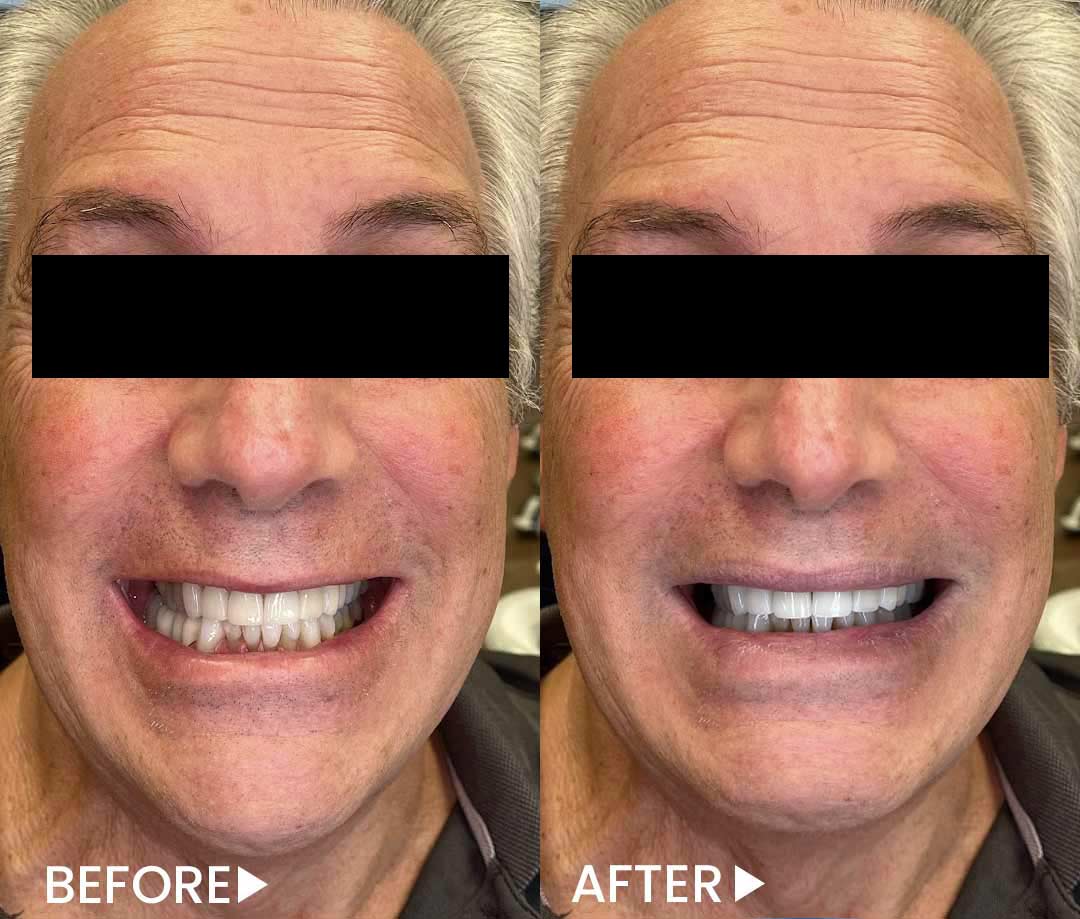
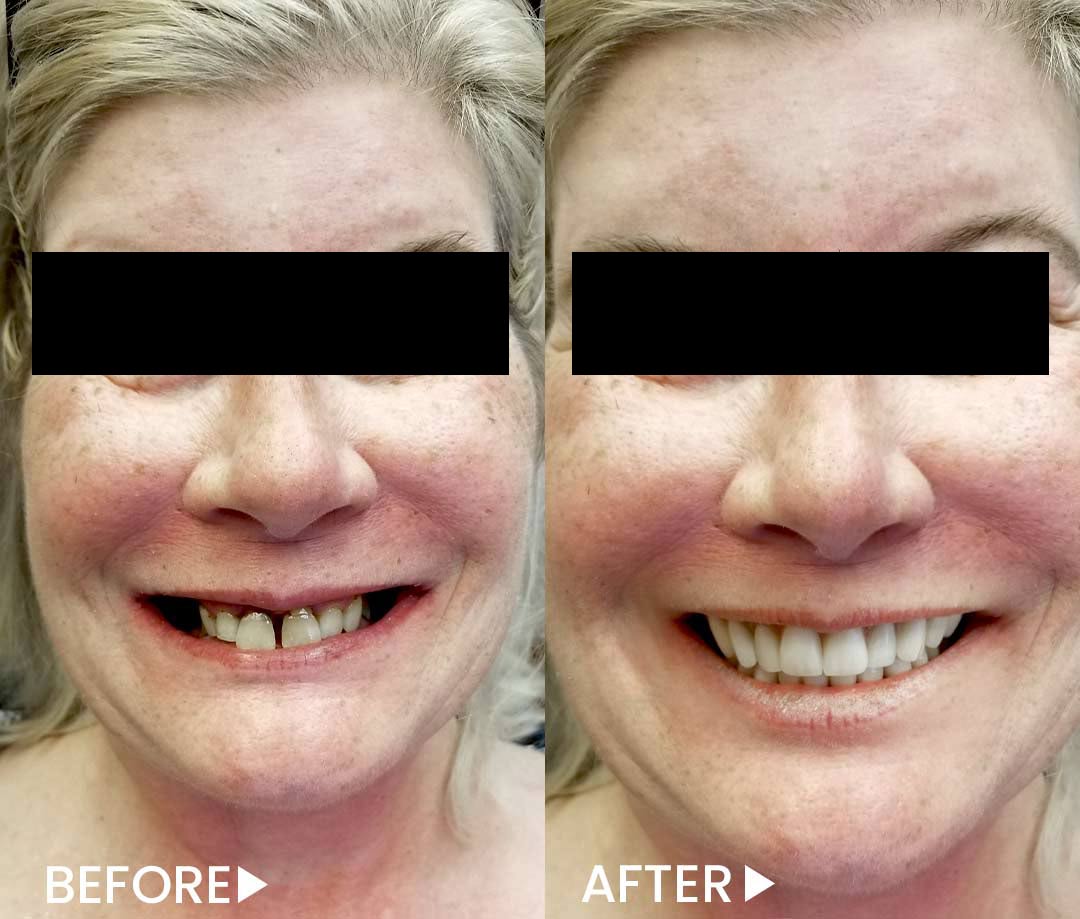

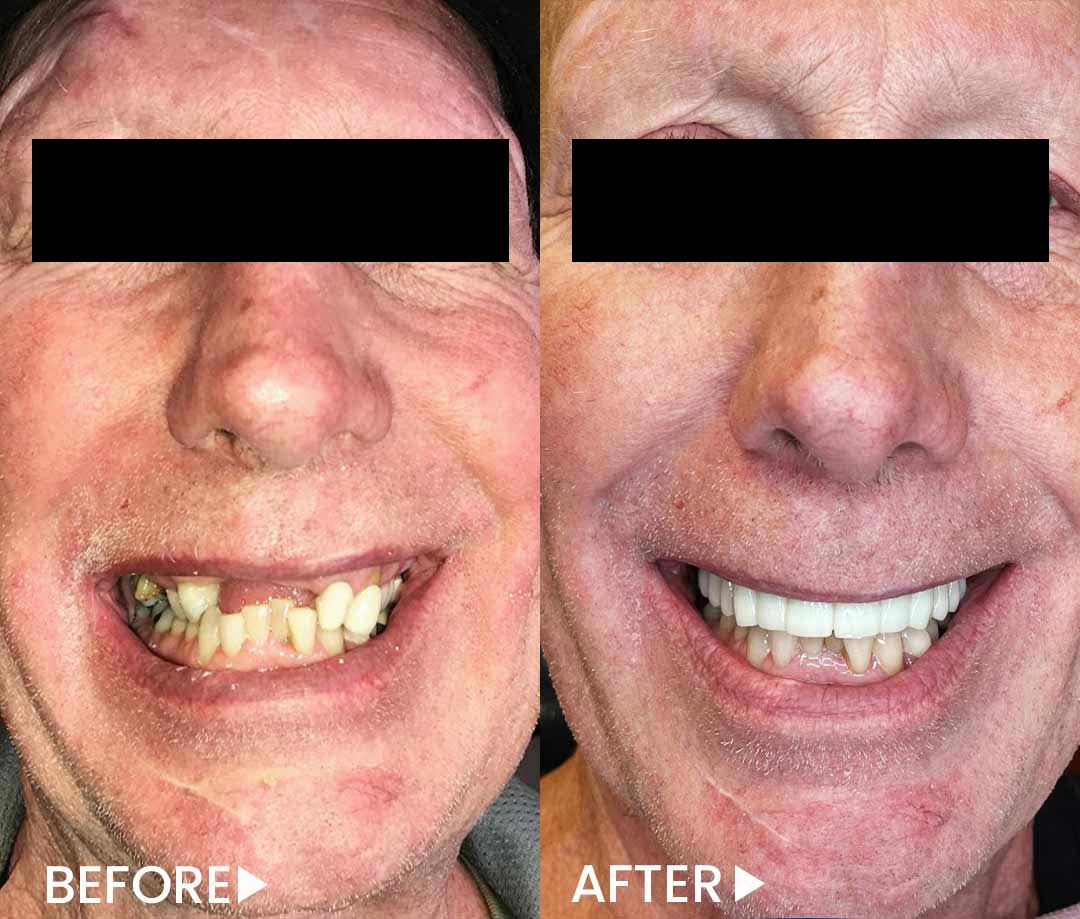

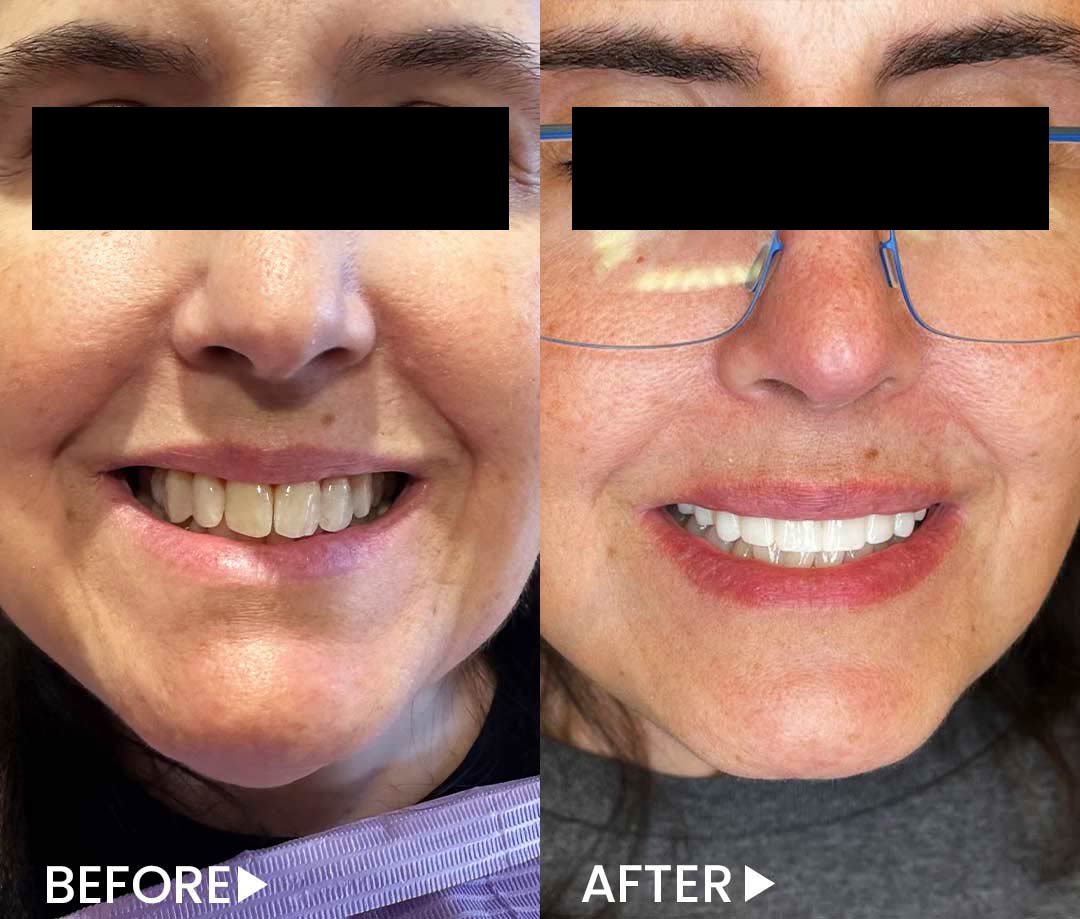
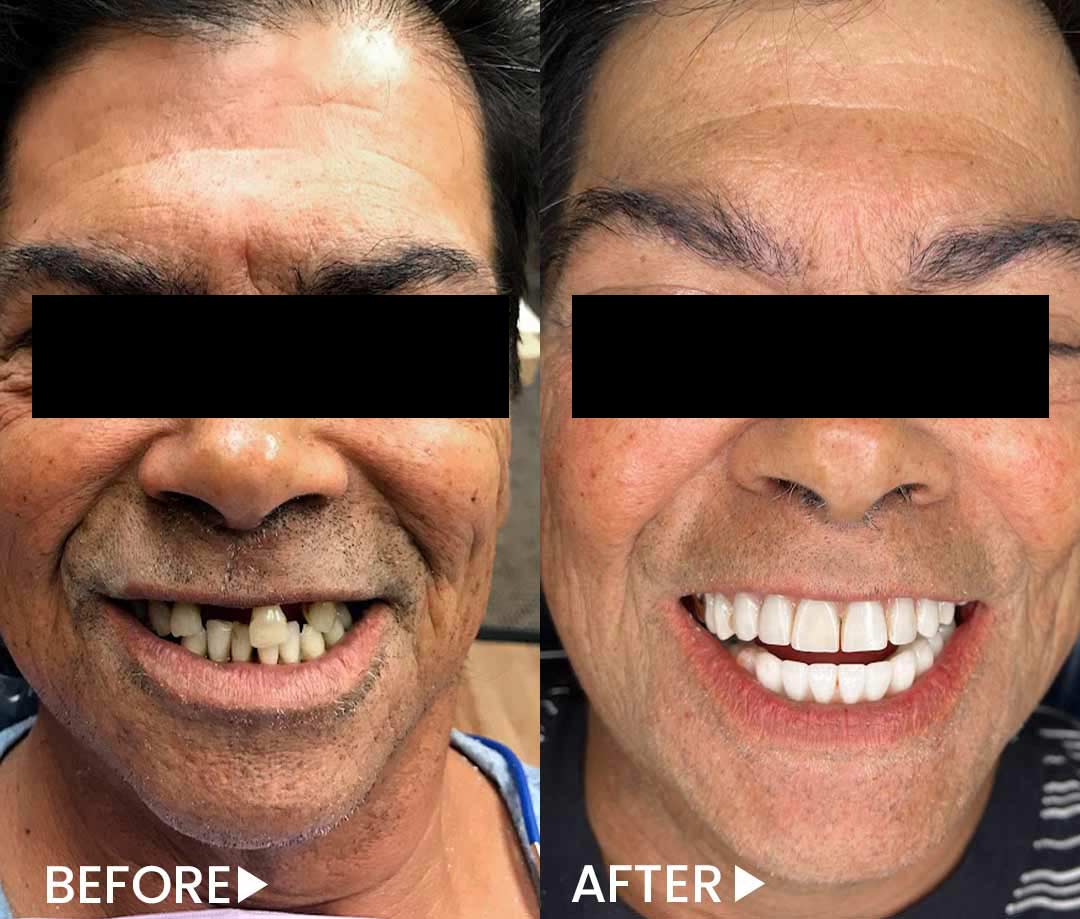



Let’s Recap
Using straw after dental implant is not safe in the first days after surgery. You should avoid straws for at least 7 days, and sometimes longer. Drinking from a cup and eating soft foods will help protect your healing area. This small step can make a big difference in your recovery. Listen to your body and follow your dentist’s advice. Always protect your implant so it lasts a long time and stays healthy.
FAQs
When Is It Safe to Use a Straw Again After Surgery?
It is safe to use a straw when the blood clot is stable and the gums are no longer swollen or sore.
Can I use a straw 7 days after dental implant?
Some patients can use a straw after 7 days, but others may need more time. Always ask the best dentist in Phoenix first.
How many days after dental surgery can I use a straw?
Most people wait 7 to 14 days after surgery before using a straw to protect the implant site.
What Happens If You Use a Straw Too Soon?
If you use a straw too soon, the blood clot can come out, causing pain, bleeding, and slow healing. You may also get dry socket or damage the implant.

